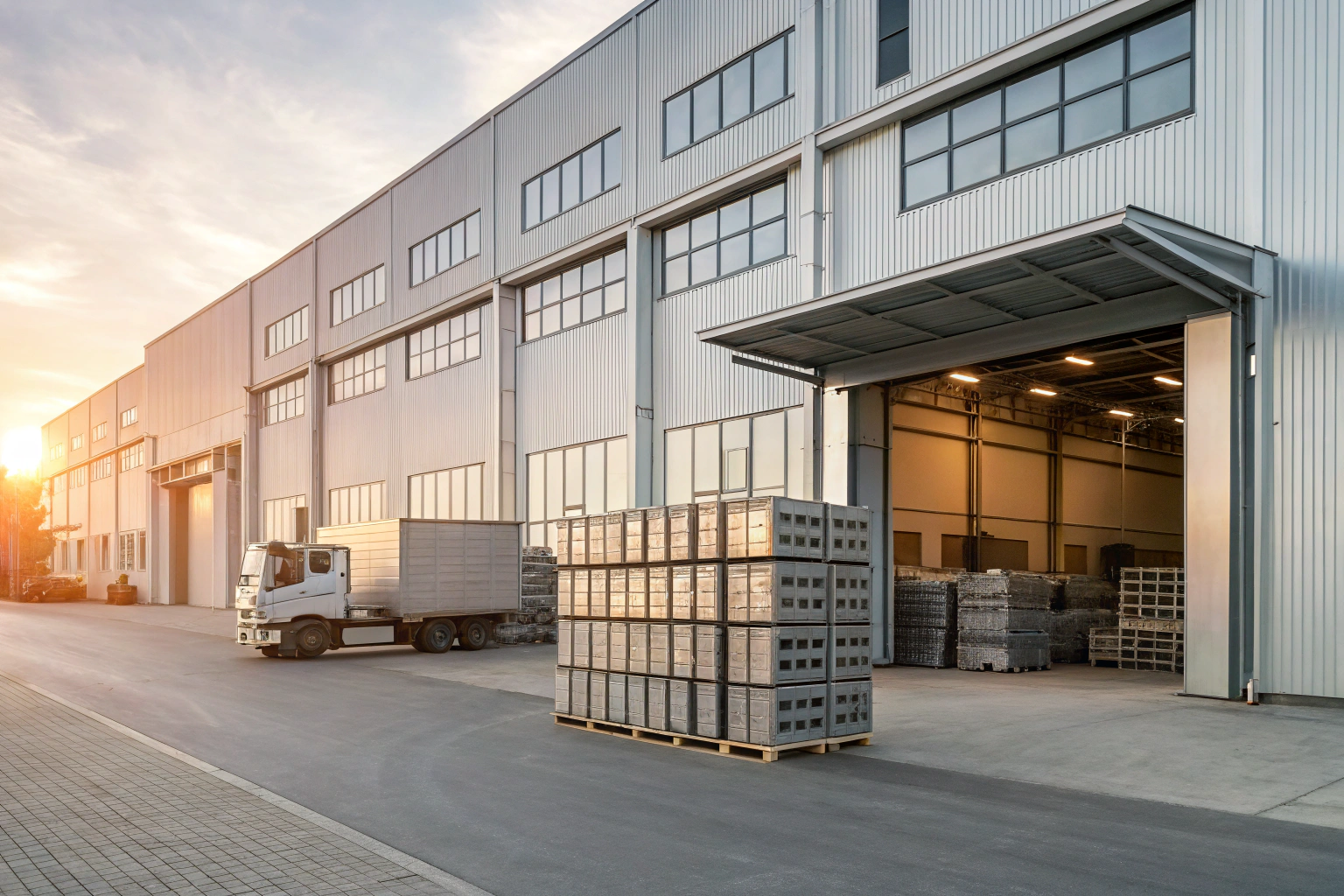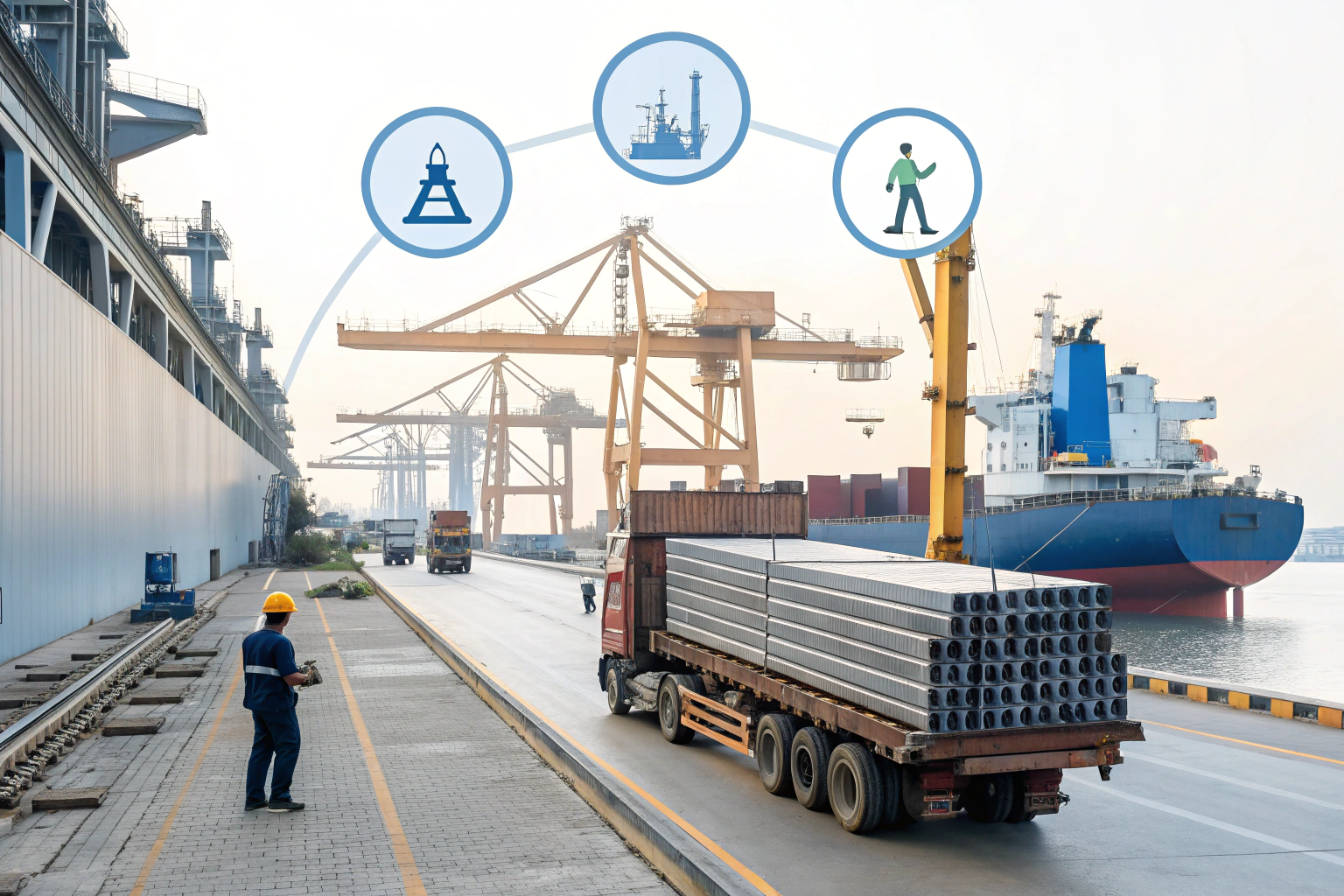
When I first started importing custom metal parts from Vietnam, the wide range of shipping terms made negotiations feel like a legal maze.
The most common quotation terms are EXW (Ex Works), FOB (Free On Board), and CIF (Cost, Insurance & Freight). Each one determines how costs, risks, and logistics responsibilities are shared between you and the supplier according to Incoterms 2020.
Keep reading to understand which term best protects your interests and how each option affects your cost, control, and risk level.
What does FOB price include vs exclude?
FOB terms define clear responsibilities: the supplier covers inland logistics and export clearance, while the buyer manages freight and insurance.
When I first heard "FOB Haiphong," I thought the supplier would handle everything until my goods reached the port—turns out, there’s more to the story.

Dive deeper: Understanding the true FOB breakdown
FOB is Vietnam’s most balanced trade term. It’s defined by Incoterms 2020 1, setting when costs and risks shift from seller to buyer.
Sellers handle export customs and delivery to the vessel; buyers take over from the port onward.
This clarity reduces disputes common in developing trade environments.
However, infrastructure challenges — like those described in Vietnam’s port logistics overview 2 — can affect FOB timelines.
What FOB includes from the seller’s side
- Manufacturing and packaging of goods
- Local transportation from the factory to the port
- Export customs clearance and documentation
- Terminal handling charges (THC) at the Vietnamese port
- Loading the goods onto the vessel
What FOB does not include
- Ocean freight from Vietnam to destination country
- Marine insurance (optional for buyer)
- Destination port unloading charges
- Customs clearance and duties at the destination country
- Inland delivery to the final location
| FOB Responsibilities | Seller (Supplier) | Buyer |
|---|---|---|
| Factory to port transport | ✅ | ❌ |
| Export customs clearance | ✅ | ❌ |
| Loading onto ship | ✅ | ❌ |
| Sea freight | ❌ | ✅ |
| Marine insurance | ❌ | ✅ |
| Import clearance | ❌ | ✅ |
| Final delivery | ❌ | ✅ |
How is EXW different from FOB in Vietnam?
EXW shifts nearly all responsibility to the buyer, while FOB lets the supplier manage domestic logistics and export paperwork.
I once accepted an EXW quote because the price looked better—big mistake. I ended up chasing a freight forwarder in Hanoi 3 just to get the goods exported.
EXW (Ex Works) means the supplier’s duty ends when goods are ready at their factory. The buyer must organize trucking, export clearance, and international shipping — as detailed in Vietnam’s export procedures guide 4.
Inexperienced importers often underestimate how much coordination EXW requires.
The buyer’s workload under EXW
- Arrange local trucking from the supplier’s factory
- Hire a local freight forwarder in Vietnam
- Handle Vietnamese export customs clearance
- Pay terminal handling fees and arrange container stuffing
- Book ocean freight and marine insurance
| Function | EXW | FOB |
|---|---|---|
| Buyer arranges export clearance | ✅ | ❌ |
| Buyer arranges factory pickup | ✅ | ❌ |
| Buyer arranges container stuffing | ✅ | ❌ |
| Buyer handles inland Vietnam logistics | ✅ | ❌ |
In Vietnam, even under FOB, buyers often still need to coordinate with freight forwarders to send a container to the factory.
Many local forwarders prefer factory pickup (called “trucking to site”) rather than warehouse consolidation, which can create delays if not clarified in advance.
When should you choose CIF vs FOB?
CIF offers convenience for first-time importers, but FOB gives experienced buyers control over freight cost, routing, and insurance.
CIF includes freight and insurance arranged by the supplier, as defined by CIF trade terms 5.
However, insurance is often minimal — usually Clause C, which covers basic loss only.
If you’re shipping valuable metal parts, consider purchasing marine cargo insurance 6 yourself.
Advantages of CIF
- Supplier books the freight and insurance
- Simplifies logistics for small importers
- One quote covers most shipping-related costs
- Less coordination on your part
Disadvantages of CIF
- Limited insurance protection
- You have no control over freight provider or route
- Risk still transfers once goods are loaded at origin
- Hidden markups often included in supplier freight quotes
| Consideration | CIF | FOB |
|---|---|---|
| Supplier books freight | ✅ | ❌ |
| Buyer controls freight provider | ❌ | ✅ |
| Buyer handles import clearance | ✅ | ✅ |
| Insurance provided | ✅ (basic) | ❌ (buyer must buy) |
| Risk transfer point | Vietnam port | Vietnam port |
What risks do you assume at EXW vs FOB?
Under EXW, all transport risk lies with you; under FOB, risk transfers only after the goods are loaded on board.
If a truck overturns between the factory and port under EXW, you bear the loss.
Under FOB, the supplier assumes that risk — a vital safeguard given Vietnam’s inland logistics challenges 7.
To avoid disputes, specify a clear transfer-of-risk clause 8 in your contract.
| Shipping Stage | EXW (Buyer’s Responsibility) | FOB (Buyer’s Responsibility) |
|---|---|---|
| Factory loading | ✅ | ❌ |
| Inland trucking in Vietnam | ✅ | ❌ |
| Export customs clearance | ✅ | ❌ |
| Terminal handling | ✅ | ❌ |
| Loading onto vessel | ✅ | ❌ |
| Ocean freight | ✅ | ✅ |
| Marine insurance | ✅ | ✅ |
| Destination port clearance | ✅ | ✅ |
| Final delivery | ✅ | ✅ |
Practical negotiation tips
Clarify Incoterm responsibilities in your quote to prevent hidden logistics or risk costs later.
- Always confirm the named port (e.g., “FOB Haiphong”).
- Request supplier’s trucking and customs documentation.
- Ask if inland fees (THC, handling) are included.
- Compare EXW, FOB, and CIF quotes using a standard cost breakdown model 9.
- Verify export license status through Vietnam Customs portal 10.
Conclusion
FOB is the most balanced and practical shipping term for Vietnam imports.
EXW gives you full control but carries full risk, while CIF offers convenience but less transparency.
Always align your Incoterm choice with your logistics capacity, insurance needs, and supplier’s export experience.
Footnotes
1. ICC official Incoterms 2020 definition and rules. ↩︎
2. Vietnam’s port and seaport infrastructure overview. ↩︎
3. Definition and role of freight forwarders in trade. ↩︎
4. Export documentation and customs clearance process in Vietnam. ↩︎
5. CIF trade definition and key responsibility differences. ↩︎
6. Marine insurance protection and coverage details. ↩︎
7. World Bank report on Vietnam’s logistics challenges. ↩︎
8. UNCTAD guide to risk transfer under Incoterms. ↩︎
9. Analysis of FOB cost structures and quote comparisons. ↩︎
10. Vietnam Customs Department official English website. ↩︎

